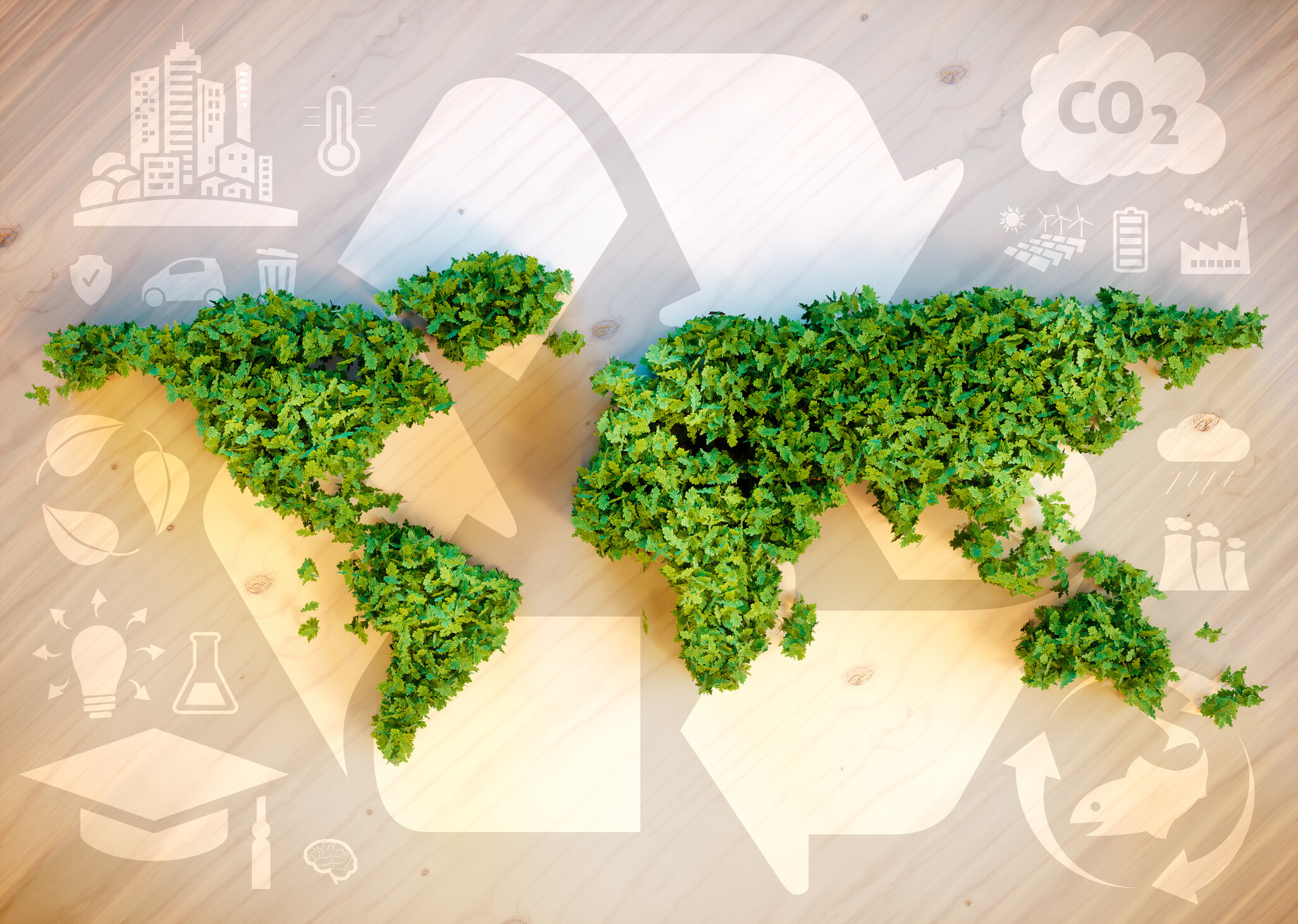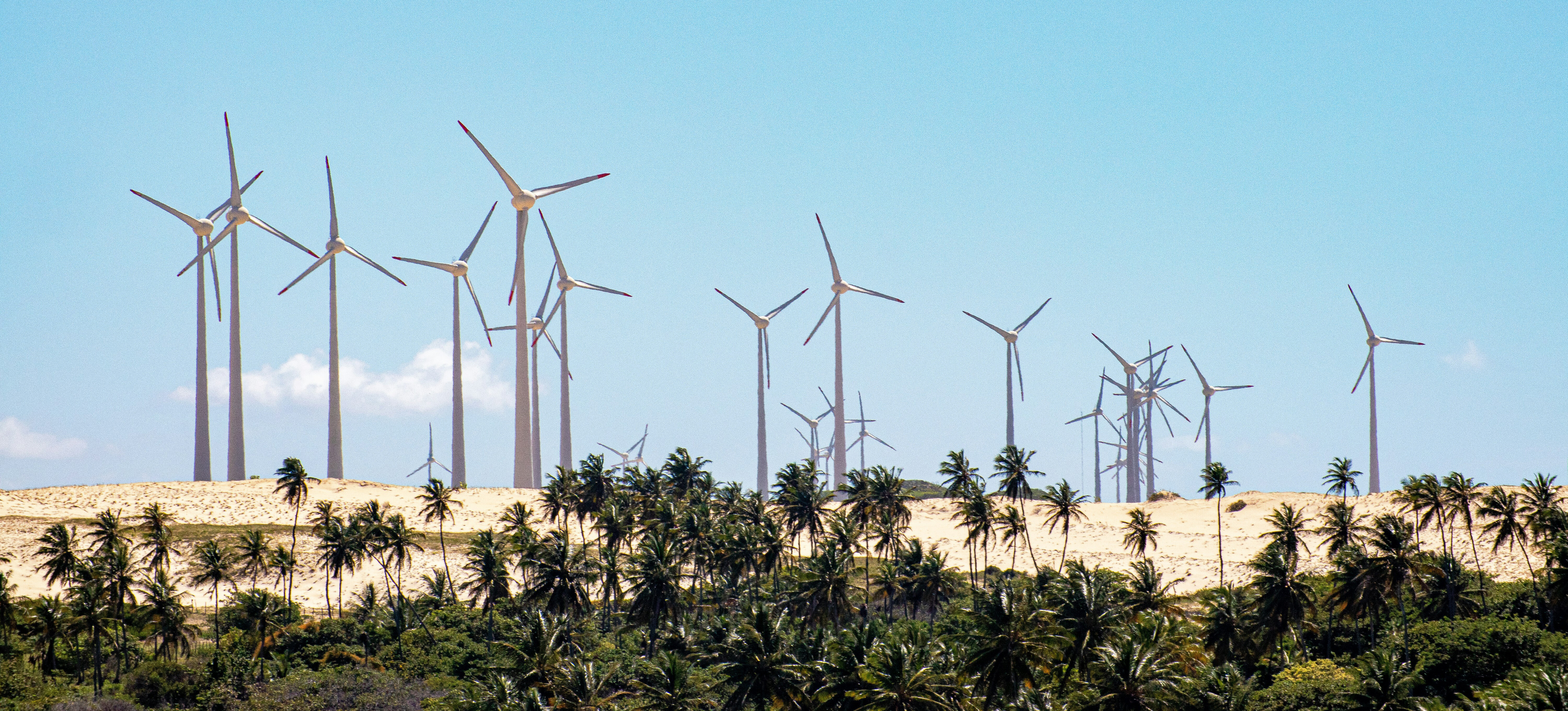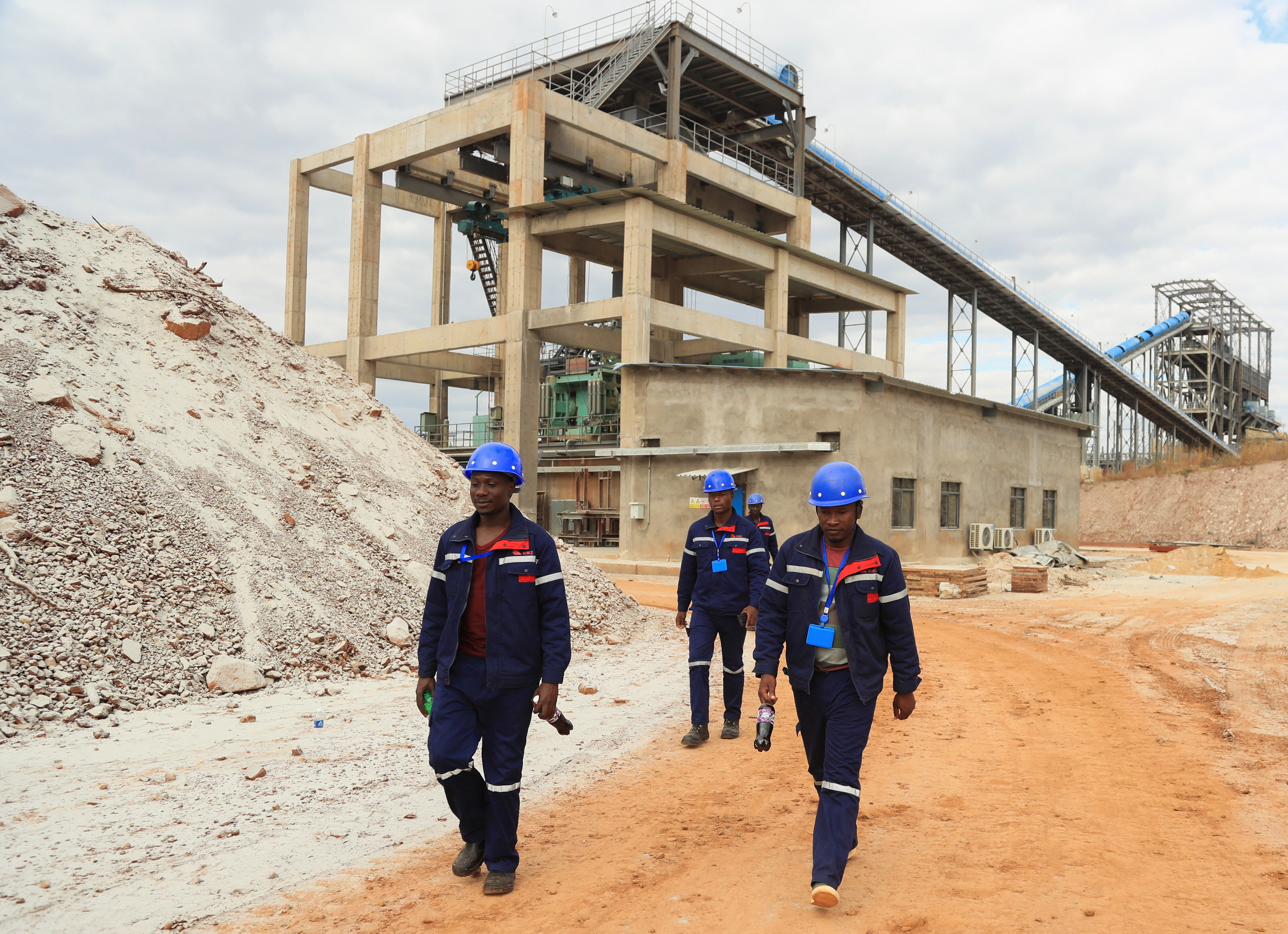Can Pakistan make its energy sector greener, cheaper and more reliable? The government thinks so

A new plan by Pakistan's government seeks to build an energy sector that is sustainable, reliable and fit for the future
Image: REUTERS/Athar Hussain
Explore and monitor how Pakistan is affecting economies, industries and global issues
Stay up to date:
Pakistan
Over the past few years, Pakistan has added extra generation to counter blackouts - but not much attention has been given to energy infrastructure, efficiency, and improving the recovery of electricity dues - one of the key reasons for Pakistan’s huge circular debt pile-up. At the same time, the new added generation has been primarily fossil fuel-based.
Having come a long way, Pakistan now needs to achieve equilibrium in its energy triangle for a sustainable energy equation with the right balance of security and access, environmental sustainability, and economic development and growth.
The government now is committed to improving the country’s World Economic Forum Energy Transition Index (ETI) score of 46% – and one initial step is the development of an Indicative Generation Capacity Expansion Plan (IGCEP) that runs until 2040.
Emerging Pakistan’s demand for power
To plug the generation gap caused by growing demand for energy in Pakistan, installed generation capacity was increased from 23,000 MW in 2014 to 33,744 MW by 2019. However, overall energy planning remained fragmented across the energy value chain, with little focus on improving the energy mix and upgrading transmission and distribution capacity.
Power sector planning
It is supremely important that an integrated power sector planning approach is adopted to adequately achieve balance in the energy triangle. This approach must include accurately forecasting demand, adding generation capacity, improving transmission and distribution systems, bringing costs down and ensuring sustainability.
These important factors do one very important thing for economic growth and improving investor confidence: they provide predictability around the availability of affordable energy. For the first time, comprehensive planning has been conducted in Pakistan in the form of the IGCEP, which includes expansion planning studies that will be updated annually in order to retain accuracy in the wake of changing dynamics.
The aim of the IGCEP is to optimize energy generation costs in order to ensure that adequate generation is added at a least-cost basis to meet future energy demands.
At present, Pakistan’s expensive power generation mix consists mostly of imported coal (8%) and re-gasified liquefied natural gas (R-LNG - 23%).
Electricity generation mix
Local resources, although abundant, are not utilized to their full capacity. Local coal, for example, makes up just 0.1% of the power generation mix. The threat of climate change has led to a drive toward de-carbonization; IGCEP takes this into consideration and therefore includes a planned increased in capacity from renewables and hydro sources. While this plan indicates a desire by the government to improve the overall energy mix and reduce costs for its citizens, it is also an area of opportunity for investors who can benefit from investment-friendly policies, and invest in the provision of sustainable, affordable energy as well as earning respectable returns.
As per the IGCEP, Pakistan’s energy mix will become more sustainable and more reliant on local production than imported energy. By the year 2040, hydro-generation will have a 40% share, while renewables and local coal will have 16% and 25% respectively. The dependency of imported fuel including imported coal and R-LNG will be reduced from the present figures of 7% and 23% respectively to 5% and 6%.

Reduction in electricity losses
In addition to enhancing the optimal energy mix and planning, it is fundamental to reduce electricity losses, which currently stand at 18.3% for distribution losses and 2.4% for transmission losses.
These losses contribute to Pakistan’s much-talked-about circular debt, which stood at PKR1.6 trillion ($7.2 billion) by the end of June 2019. Technical and governance interventions are required to reduce the losses - and, as a consequence, the circular debt. The government is also making out-of-the-box financing solutions by working with key energy stakeholders (including independent power producers) to reduce the fiscal burden.
Policy-level intervention
In addition to the IGCEP’s planning and reducing losses, there is a great need to improve transmission and distribution systems, reduce subsidies, improve governance and create an open energy market platform for long-term competitiveness, sustainability and transparency in the electricity business. This improvement of ecosystem and system performance will be a sure-shot formula for fuelling economic growth led by domestic and export-led businesses.
Future of energy
At the heart of energy planning and the future of energy are the interests of the people and the planet. This is why the long-term future of energy in Pakistan is based on the principles of availability, reliability, sustainability, less burden on finite resources, low cost and efficiency.
Following global best practices, fossil fuels will play a limited role in the future of energy in Pakistan. New innovations, renewables (wind, solar, geothermal) and nuclear power will dominate. Our goal as an emerging economy should be to attract more investment in the renewable energy sector, both on-grid and off-grid, and to adopt solutions for enhanced efficiency that reduce our dependency on public finances and make the regulatory process friendlier for stakeholders who can bring in new tools and technologies.
How is the World Economic Forum facilitating the transition to clean energy?
Don't miss any update on this topic
Create a free account and access your personalized content collection with our latest publications and analyses.
License and Republishing
World Economic Forum articles may be republished in accordance with the Creative Commons Attribution-NonCommercial-NoDerivatives 4.0 International Public License, and in accordance with our Terms of Use.
The views expressed in this article are those of the author alone and not the World Economic Forum.
Forum Stories newsletter
Bringing you weekly curated insights and analysis on the global issues that matter.
More on Energy TransitionSee all
Why India’s carbon market needs a price stability mechanism for its new Carbon Credit Trading Scheme
Subham Shrivastava and Saurabh Trivedi
November 10, 2025
Andrea Willige
November 10, 2025
Network of the Global Future Councils and Kaiser Kuo
November 4, 2025
Esther Finidori and Lisa Wee
November 4, 2025
Ezgi Canpolat and Varalakshmi Vemuru
November 3, 2025
Ayla Majid
October 30, 2025





